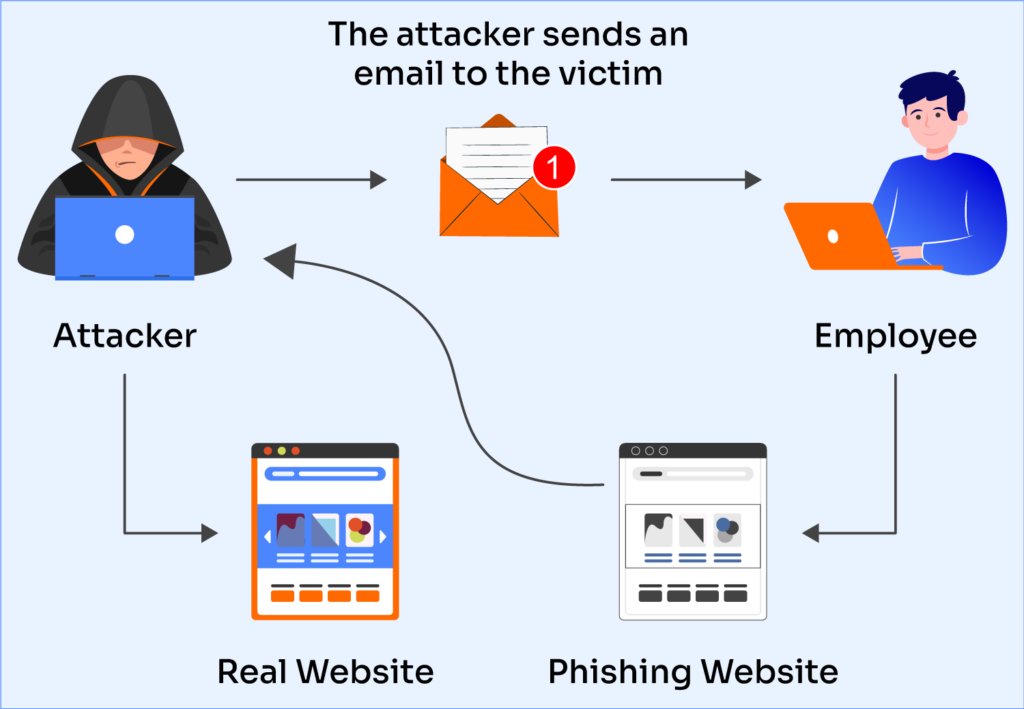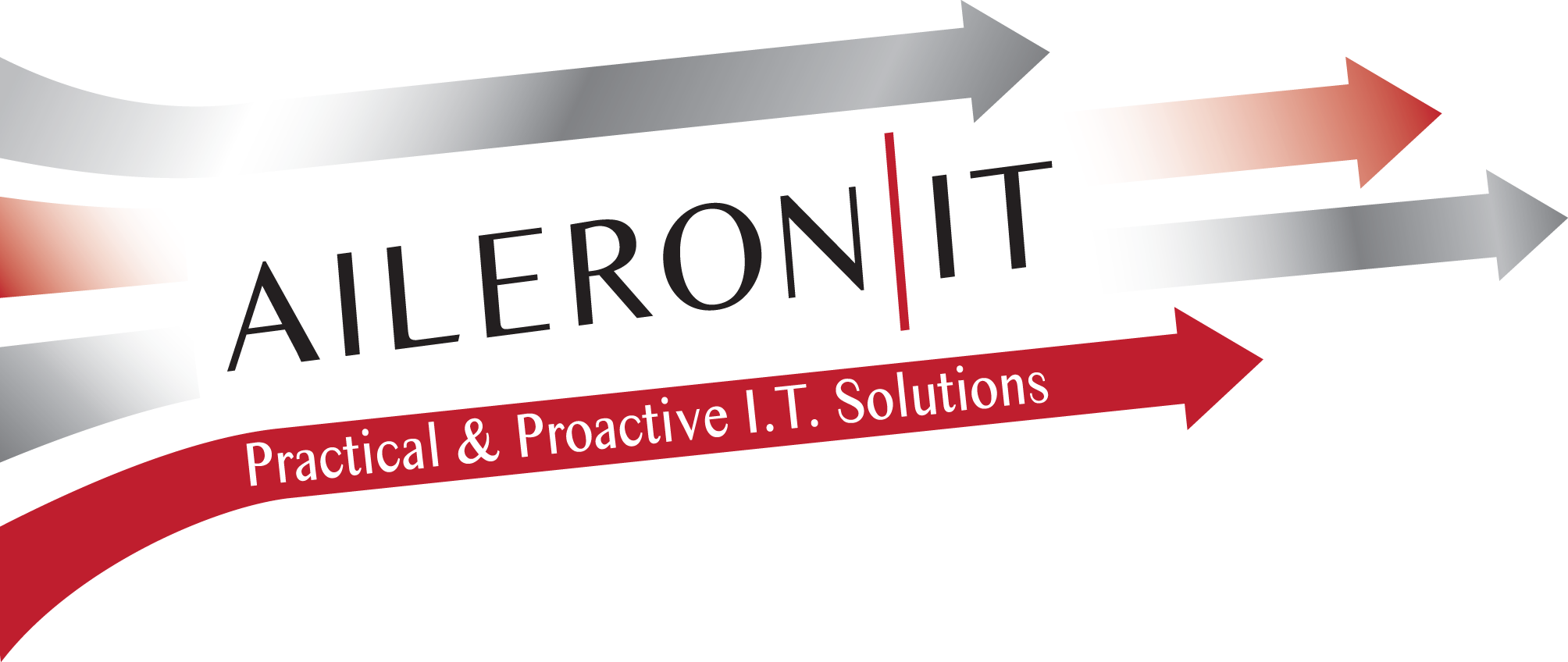How do I protect my business from phishing attacks?

Phishing is a cybercrime that aims to steal sensitive information like login credentials, financial data, and personal details through deceptive emails, messages, or websites. For businesses, phishing attacks can cause financial losses, data breaches, and reputational harm.
Types of Phishing Attacks
- Email Phishing: The most common type, where fraudulent emails mimic legitimate organizations.
- Spear Phishing: Targeted attacks on specific individuals, often using personalized information.
- Whaling: Targeting executives and high-profile employees for higher-impact data.
- Smishing and Vishing: Attacks through SMS and voice calls.
- Pharming: Redirecting users from legitimate websites to fake versions.
Key Steps to Prevent Phishing Attacks
1. Educate Employees
Regular training can help employees recognize suspicious emails and messages. Simulated phishing exercises and workshops on safe browsing, email verification, and handling attachments can empower them to respond effectively.
2. Implement Email Security Solutions
Advanced email filtering systems can detect and block phishing attempts. Look for solutions with anti-phishing algorithms, sandboxing, and link scanning to flag malicious emails before they reach employees.
3. Multi-Factor Authentication (MFA)
MFA requires users to provide two or more verification factors to access accounts, making it harder for cybercriminals to use stolen credentials.
4. Secure Web Browsing Practices
Encourage secure browsing by limiting access to unsafe websites, and implementing SSL for your company’s website. Browser extensions and safe browsing tools can also alert users to potential phishing sites.
5. Update and Patch Software
Keeping your systems and software up-to-date reduces vulnerabilities that hackers can exploit. Automated patch management tools ensure consistent protection against the latest threats.
6. Strengthen Your Password Policies
Implementing strong password requirements and a secure password manager can reduce the risk of credential theft. Encourage employees to use unique passwords for each service and avoid reusing them.
7. Report and Analyze Phishing Incidents
Create a structured process for employees to report suspected phishing attempts. Analyzing these reports can provide insights into the evolving tactics used by attackers and improve prevention strategies.
8. Regular Security Assessments and Penetration Testing
Testing your business’s defenses through security assessments and penetration tests will identify vulnerabilities and help in developing robust anti-phishing protocols.
Developing a Phishing Response Plan
A phishing response plan can outline immediate steps if an attack occurs. This might include isolating affected systems, alerting stakeholders, and quickly restoring data from backups to minimize disruption.
Conclusion
Protecting your business from phishing is an ongoing process that combines employee education, technical defenses, and regular assessments. By taking proactive steps and implementing these strategies, you can significantly reduce the risk and impact of phishing attacks on your business.

